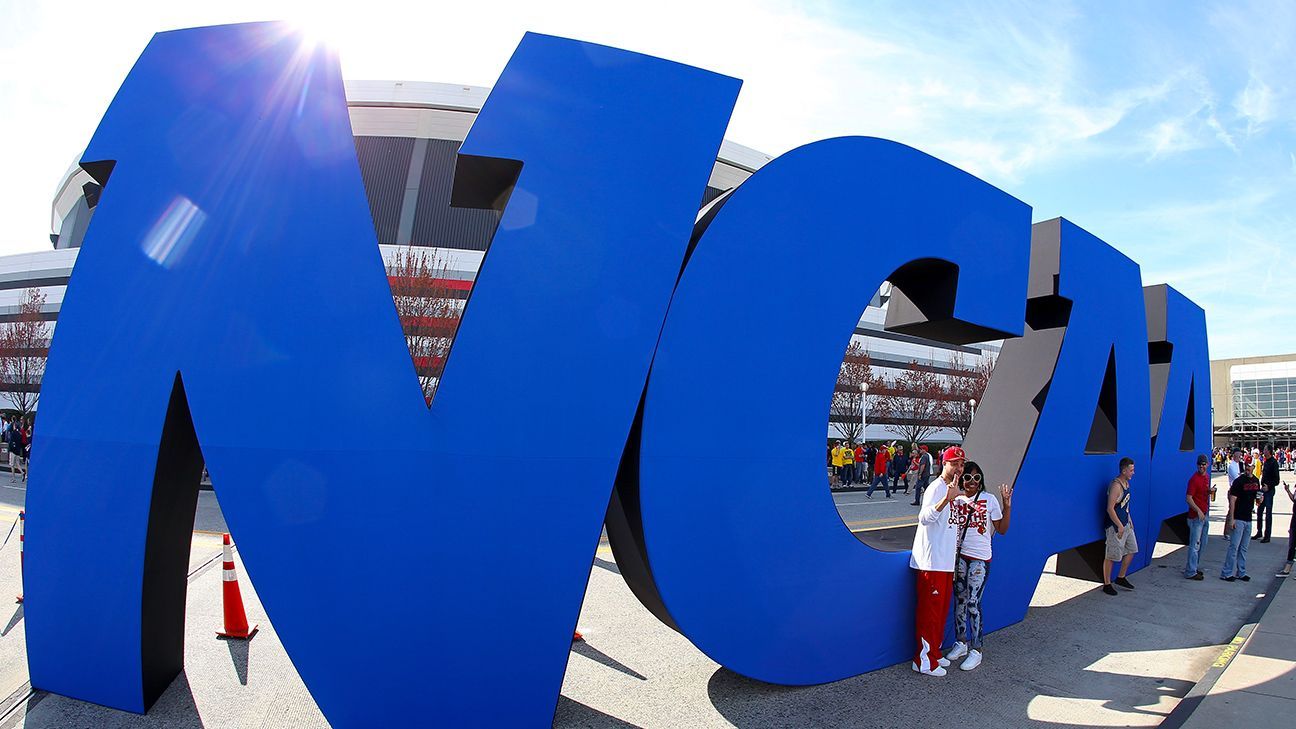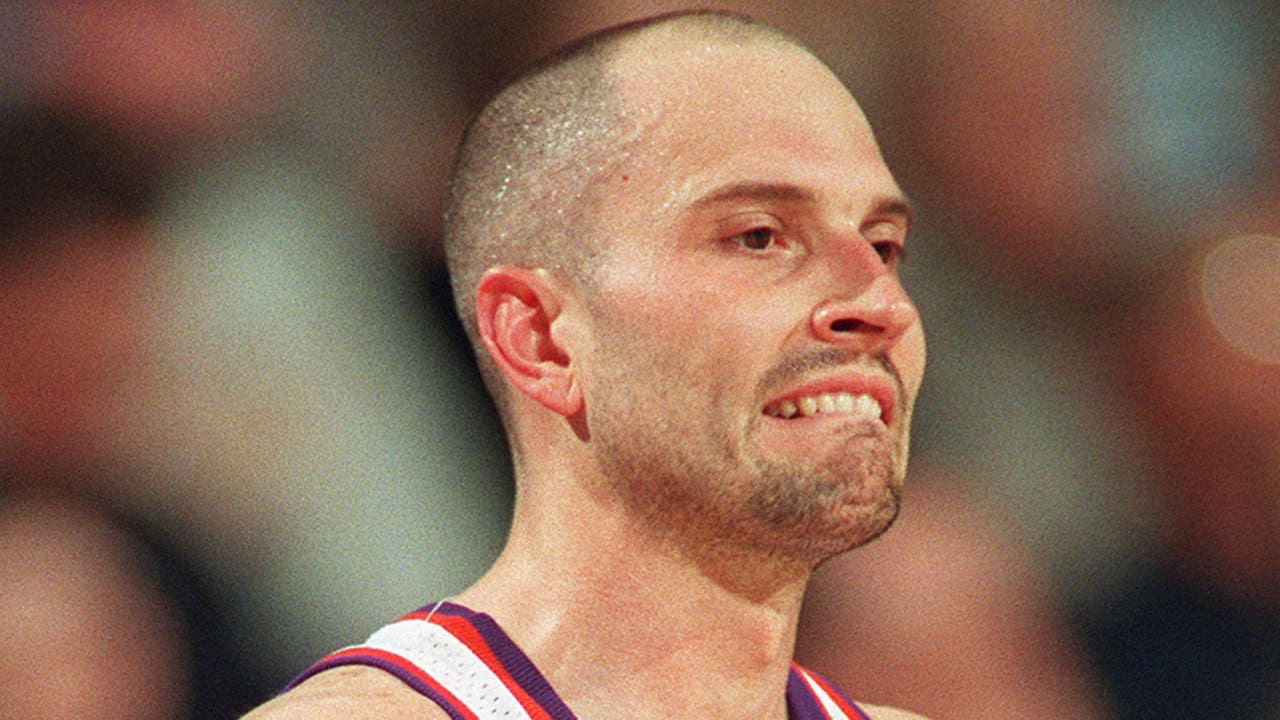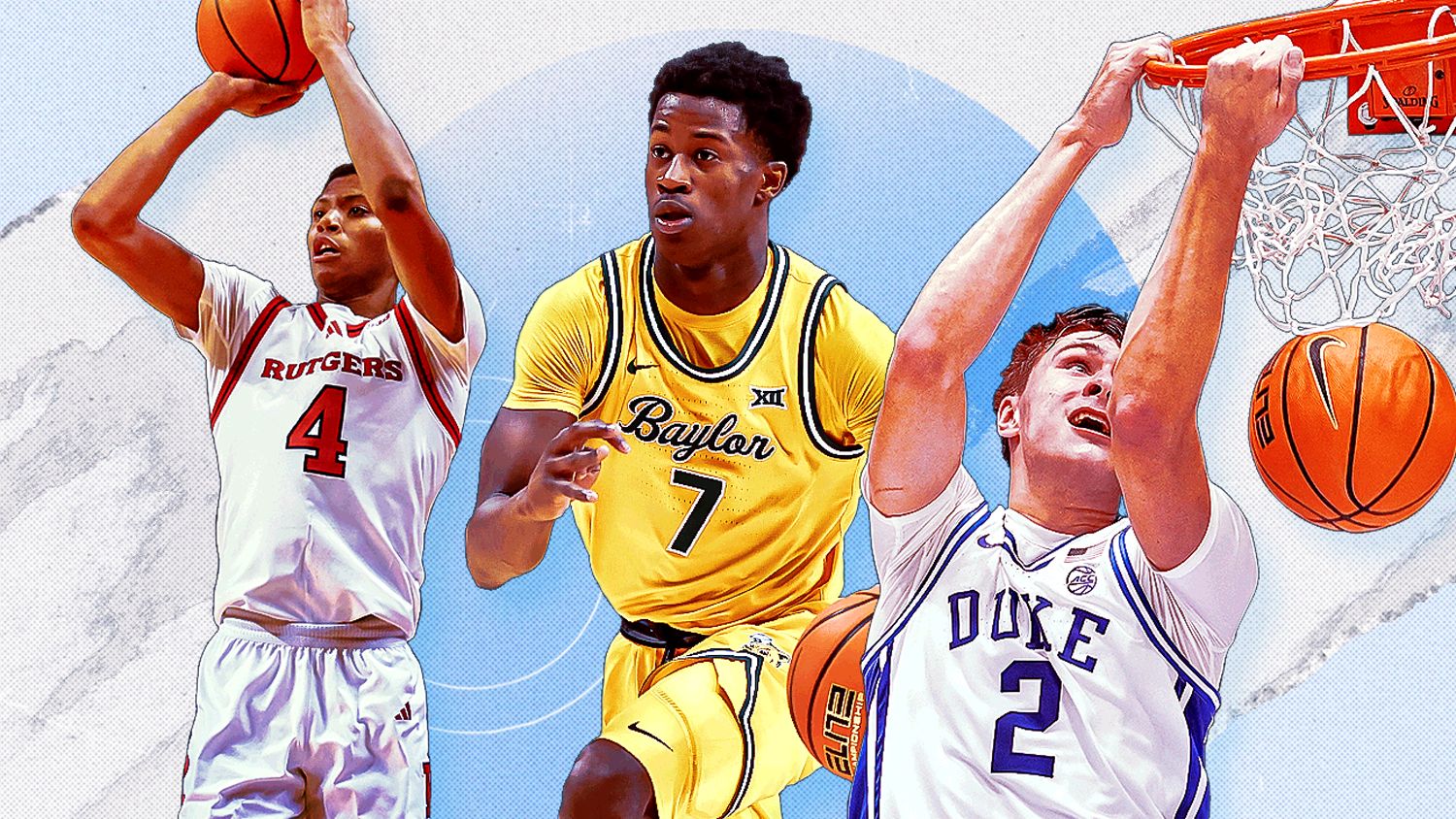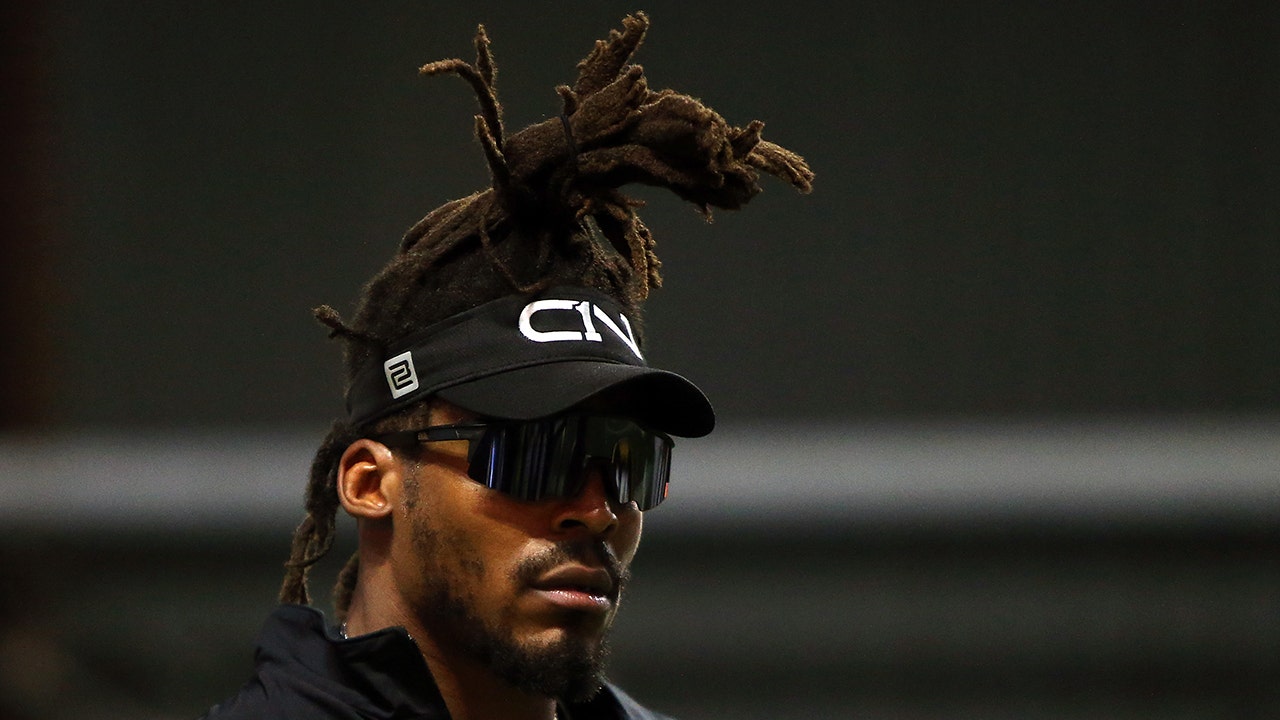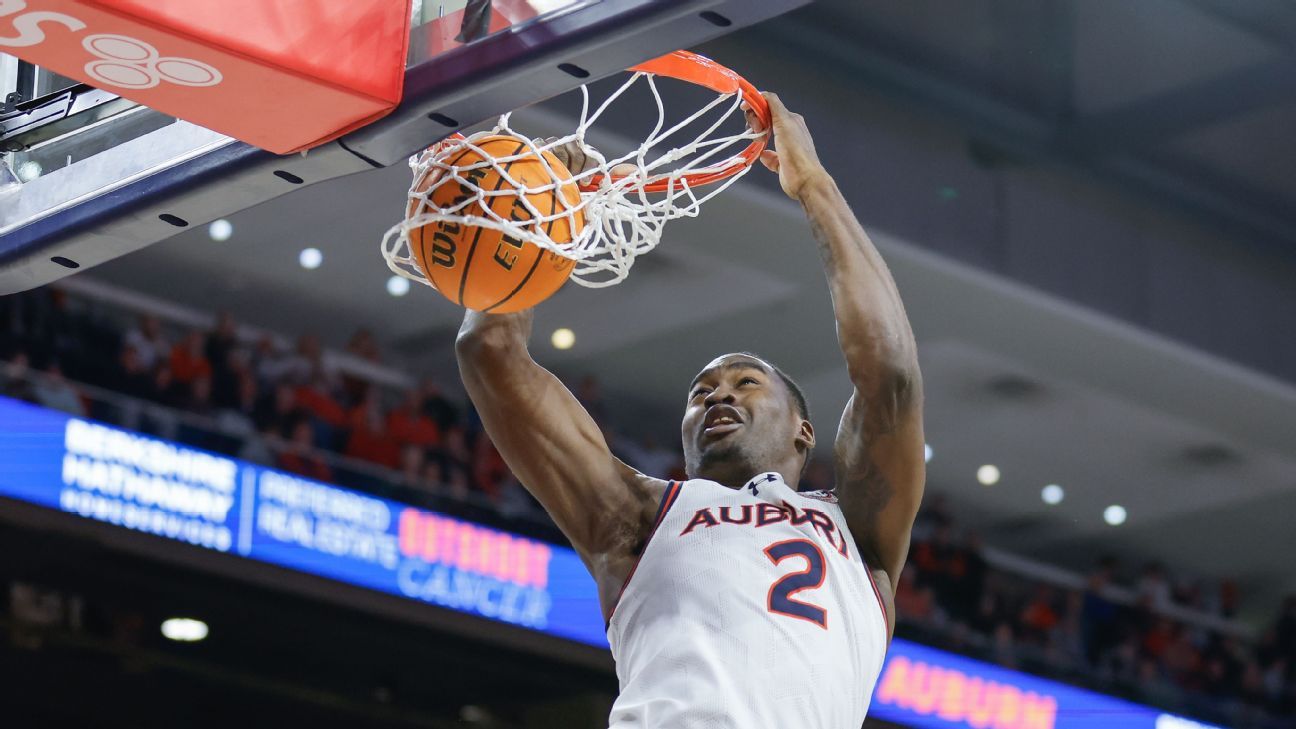The NCAA and its five power conferences agreed to allow schools to pay players directly for the first time in the more than 100-year history of college sports.
The NCAA and its leagues plan to alert plaintiffs' attorneys on Thursday that they are prepared to move forward with a multimillion-dollar deal to resolve three pending federal antitrust cases, sources told ESPN. The NCAA will pay more than $2.7 billion in damages over 10 years to current and former athletes, according to sources. Sources said the parties also agreed to a revenue-sharing plan that allows each school to share up to about $20 million per year with its athletes.
All Division I athletes dating back to 2016 are eligible to receive a share as part of the deal class. In exchange, athletes cannot sue the NCAA for other potential antitrust violations and withdraw their complaints in three open cases: House v. NCAA, Hubbard v. NCAA, and Carter v. NCAA.
The terms of the agreement must be approved by Judge Claudia Wilken, who is presiding over the three cases. That process is expected to take several months, and sources said the schools will likely begin sharing revenue in the fall of 2025. The NCAA Board of Governors and leaders from the ACC, Big Ten, Big 12, SEC and Pac- 12 voted to accept the general terms. presented in a 13-page document.
The deal does not resolve all of the outstanding legal issues that have upended the business of college sports and destabilized the multibillion-dollar industry. Athletes and their advocates are still fighting to become employees or find other forms of collective bargaining in the future, which could reshape a revenue-sharing agreement. However, this week's agreement potentially reduces the NCAA's exposure to anti-rust litigation, which has been the most powerful tool in pressuring schools to provide more to athletes.
“We recognize that we are just at the beginning of this whole process,” said Illinois athletic director Josh Whitman, who recently took over as president of the NCAA Division I Council. “There's a lot to figure out as we try to understand some of the details we're putting in place now.”
Steve Berman, co-lead attorney for the athletes along with veteran anti-rust attorney Jeffrey Kessler, said this week's announcement feels like a “finish line,” but the cases won't be officially closed for several months. Other antitrust attorneys told ESPN that the deal could fall apart if the athletes opt not to join a separate, pending antitrust case or if Judge Wilken rejects the terms of the settlement. Berman said he remains confident his deal will hold.
By the end of this week, the parties plan to alert Wilken, who has presided over the most impactful antitrust cases of the last decade, that they will present final details to the court in the next 30 days.
If Wilken approves those details at a preliminary hearing, which will likely occur in July, Berman said plaintiff attorneys will publish a website and distribute a notice to all players explaining the potential benefits of remaining in the class and the options to object or opt out. . of the class.
Players typically have more than 30 days to raise objections or opt out of the deal. By opting out, players forgo the money they would receive in damages, but retain the right to sue the NCAA and their schools in the future for antitrust violations.
There is at least one other pending antitrust lawsuit that is not covered by the settlement of the House case. Former Colorado football player Alex Fontenot is suing the NCAA for restricting how he shares television rights revenue with players. The NCAA and House case attorneys argued that Fontenot's claims should be consolidated with their lawsuits because they are so similar. However, a Colorado judge denied that request Thursday morning.
Garrett Broshuis, Fonenot's attorney (who helped negotiate a major settlement on behalf of minor league baseball players in recent years), told ESPN that they are closely monitoring the settlement of the House case. They could consider opting out once they see the terms of the deal, which would make the peace the NCAA and its schools hope to buy very short-lived.
Berman said he believes the judge in Fontenot's case could change her mind once the terms of his settlement are approved. She also said she believes many athletes are unlikely to pass up the potential settlement money and take the risk of joining Fontenot's case.
“Some athletes could receive tens of thousands or more than a hundred thousand [dollars] “In the agreement,” Berman said. “They would have to choose and see if they can improve on their own.”
Berman told ESPN that a series of formulas devised by a sports economist will be used to decide how to divide the $2.7 billion in damages among more than 10,000 former and current athletes. He said some of the money will be divided equally among all members, but other parts will be allocated based on the athlete's market value. Metrics like his career snap count or a player's star rating in recruiting can determine his pay, he said.
Gathering data to plug into that formula could be a complicated process, and Berman said he hopes schools provide “granular data” rather than requiring players to file claims themselves.
The terms of the agreement provide a 10-year window to pay the $2.7 billion in full. Berman said each player in the class will receive an annual check worth 10% of the money they are owed. He said Wilken will approve how much money will go toward attorneys' fees.
Several athletic directors told ESPN they are hopeful the deal lays the groundwork for a system in which success on the field depends less on which schools can spend the most money. Sources said some of the challenges to be resolved include figuring out how to distribute revenue-sharing money in a way that meets market needs while also complying with Title IX laws and whether schools can regain control of the market. for college athletes, which has been outsourced for the past three years to a group of support collectives, who pay athletes through name, image and likeness sponsorship deals.
Berman said the agreement includes a “mechanism” that he believes will make it easier for schools to control the market for third-party NIL agreements. He declined to provide further details. Several athletic directors told ESPN this week that they were optimistic but unsure whether the deal would give them enough legal room to regain control.
“I think we have an opportunity right now to really reshape the model in the most significant way of our lifetimes, and perhaps the most significant way there has ever been,” said Whitman, the new Division 1 Council president.
Asked if he thought the deal provided the tools the NCAA and its schools needed to regain control of the college athlete market and add stability to the new world of college sports, Whitman said, “We'll find out.”

